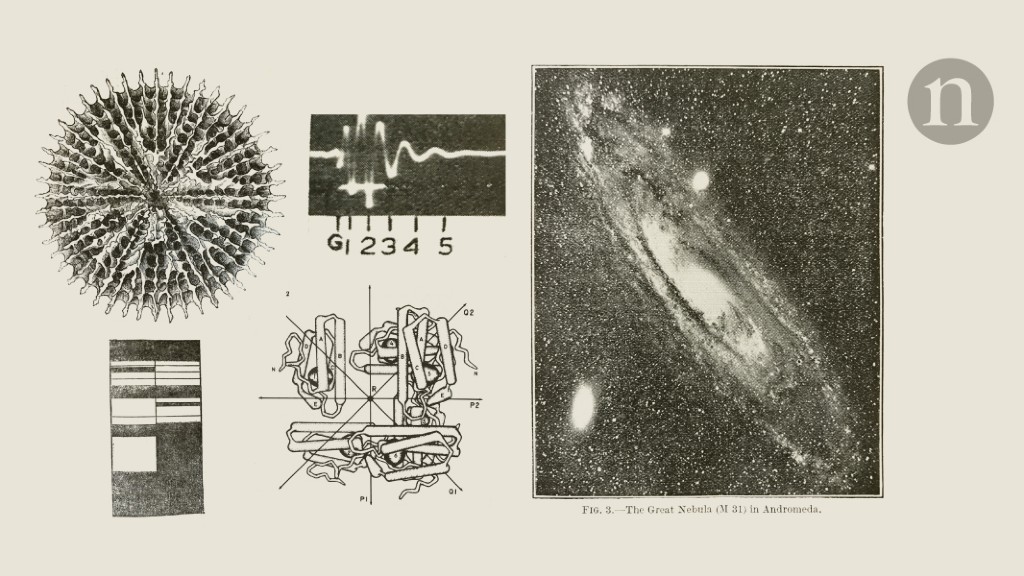Exploring Tutankhamun's Coffin and Darwin's Letter from the Archive
المفاهيم الأساسية
The author delves into the significance of Tutankhamun's coffin and a letter from Darwin, highlighting their historical importance and impact on our understanding of the past.
الملخص
Delving into history, this content explores the unveiling of Tutankhamun's coffin and a letter from Darwin. These artifacts provide valuable insights into ancient civilizations and scientific discoveries, shedding light on the past. The article reflects on the cultural and scientific significance of these findings, emphasizing their role in shaping our knowledge today.
From the archive: Tutankhamun’s coffin, and Darwin shares a letter
الإحصائيات
Stats here
اقتباسات
Quotes here
الرؤى الأساسية المستخلصة من
by في www.nature.com 02-20-2024
https://www.nature.com/articles/d41586-024-00428-7
استفسارات أعمق
What other historical artifacts have had a significant impact on our understanding of the past?
Numerous historical artifacts have played a crucial role in shaping our understanding of the past. For example, the Rosetta Stone was instrumental in deciphering Egyptian hieroglyphics, unlocking a wealth of knowledge about ancient Egypt. The Dead Sea Scrolls provided invaluable insights into early Jewish history and religious practices. Additionally, the Terracotta Army in China shed light on the military prowess and cultural sophistication of the Qin Dynasty.
How do discoveries like Tutankhamun's coffin challenge existing historical narratives?
Discoveries such as Tutankhamun's coffin can challenge existing historical narratives by offering new perspectives and information that may contradict previous assumptions. In the case of Tutankhamun, his tomb revealed intricate details about ancient Egyptian burial practices, artistry, and royal lineage that were previously unknown or misunderstood. This discovery forced historians to reevaluate their interpretations of Egyptian history and reassess long-held beliefs.
How can modern technology enhance the study and preservation of ancient artifacts?
Modern technology has revolutionized the study and preservation of ancient artifacts in numerous ways. Advanced imaging techniques such as CT scans and 3D modeling allow researchers to non-invasively examine artifacts with unprecedented detail, revealing hidden inscriptions or structural weaknesses without causing damage. Furthermore, digital databases enable scholars to easily access and share information about artifacts across geographical boundaries, facilitating collaborative research efforts. Conservation methods like laser cleaning or climate-controlled storage facilities also help preserve fragile artifacts for future generations to study and appreciate.
0
